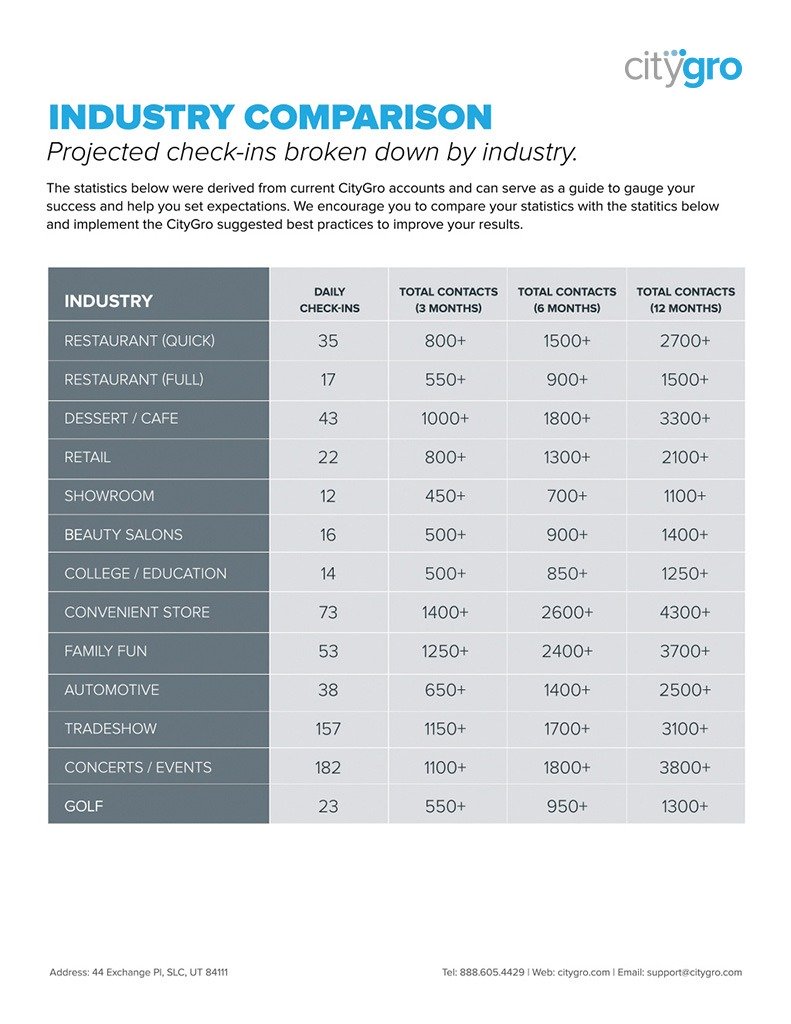CGL: 5 Marketing Automations That Every Business Should Consider
Transcript
Steve: All right. Welcome to another edition of CityGro live. Today the rules are flipped a little bit. Jon’s usually the host but today he’s the guest. He has some fun things to talk about. Today we’re gonna talk about the five automations that every business should consider. But before we do it, what’s an automation really quickly?
Jon: So in this context, we’re talking specifically about marketing automations. And I’ll be talking a lot about outreach. What can you automate, outreach wise, to get customers to come back? Which is a lot of what we do here at CityGro. But there are all kinds of automations. I guess if I had to slap a definition on that: It’s something that happens behind the scenes with you not having to worry about it so you can be off doing what you do, your business. And whether it’s yourself or a machine or whatever and it’s still running in the background without you having to be there to attend it every day.
Steve: Yeah, in this day and age, that should be the standard. We should automate anything that can be automated because that’s going to make your life easier, especially as busy as business owners are, you need to automate as much as you can. So yeah, let’s start from there. Let’s talk about these top five. First off you mentioned though, you want to talk about automating the signup, and how important that is.
Jon: So I’m going to call this five and a half. And the half is because before you can really get into automating your marketing approach; There are a few things you have to do. Specifically, if you’re automating your retention marketing, where the goal is to keep in contact with your customers; to get them to come back. You have to build that channel. And I like to think of this as an automation because it should automatically happen, but it’s more of a process. So we’ll call it point “A” instead of “1”. It’s automating the sign-up or putting a process in place so that you get people to opt into that further communication which your automations are built off of.
Jon: I’ll give you some examples. But one of the features that we use a lot at CityGro is waivers. We love waivers because they’re built into the system. Not all businesses use them by the way, but if you’re a bounce house or a gun range or anyone that has somebody sign in, it’s expected when I go to that business that I’m going to sign in. And you should put a simple question into that signup process that says, “Would you like to hear about an offer from us?” or “Would you like to hear about future updates?” or whatever the incentive is that’s going to be given to them. Sometimes it’s even an incentive like, “Would you like a dollar off today by joining our text club or email club?” The better you can systematize that so that employees know exactly… They just nail it every time they ask somebody or that it automatically pops up on the screen, on the waiver side or if that’s on a computer screen, wherever the system is, to get that in place so that you’re signing up people regularly.
Jon: The thing about that is even if you’re only getting 30 percent of people to say yes, the amount of network that builds up over a years time or even just a month or two; that’s what really powers the automations that we will dive into. So I won’t go a lot more to that. Waivers have been really good. That’s why we do loyalty here at CityGro. Your loyalty program is an excuse to capture data. So, however, you’re doing that, whether you’re having them fill out a card or using the kiosk that we provide. Make sure that you’re asking people. It’s just part of the system. Do you want to be a part of our loyalty club or VIP club?
Steve: So first and foremost, to be able to automate, you have to have a network and this is how you get that network. And you automate the process to grow that network. Now we have that established, let’s talk about the five.
Jon: So I’ve put these in a little bit of order of when they would be used. It’s not in order of significance, but when in the user process they would be used. So the first one is Some kind of thank you or bounce-back message. So I’m a first time user of a business. I go in there and whether it’s on the waiver or the loyalty; somehow they capture my information. When I walk out, a good automation is to send me, “Hey, thanks for coming in. Come back within seven days…” or whatever the interval is that you feel they need to return back. It’s obviously going to be longer If I’m giving haircuts. Their hair doesn’t grow fast enough to cut it again within seven days. So maybe that’s…
Steve: Too business specific.
Jon: Yeah, maybe try, “Let’s schedule you now.” or “Schedule within seven days.” even if you’re scheduling outside of that, like a few months from now. But some kind of bounce-back that builds the habit of coming in. One other thing that has been really successful out of this is, if you want to collect more information from a customer, a thank you or bounce-back message is a good way to collect that. So if all you have is my phone number but you’d like to have my zip code to know if I live nearby, or you would like to have my email address so you can approach me in two different ways. You can put a link in your bounce-back message to fill out more information and you can make that part of the promotion. Like complete your profile, like us on facebook, whatever the request is and you’ll get $5 off on your next visit within seven days.
Steve: Yeah, that’s huge. With businesses that I’ve worked with, I’ve seen sometimes where they could have done a bounce-back rather than an onsite promotion where it’s “Come in today” or “Sign up for our loyalty program, get $5 off today.” They could have switched that and maybe done “Get $5 off your next visit.” and do a bounce-back promotion and it could have been just as effective and I’ve seen it be just as effective. So something to consider. It doesn’t work for every environment.
Jon: You could almost even blend those. Where it’s like you get a dollar off today for joining the text club. Then on the bounce-back, you get the bigger incentive to come back.
Steve: Exactly. Reinforce that habit.
Jon: Yeah, that’s what we’re trying to build is a habit. All right, so that’s number one. Number two, I define as interval messages because you have to think through the timing of a loyal customer… what intervals do they come back? I mentioned the haircut places; For boys, it’s probably four to six weeks, girls, depending on the service, it could be longer or shorter than that. But that would be an interval. If you think of how often your customers should be coming in; if they’re regular customers. For a food chain that might be a week or two weeks. So think of these intervals and you should have regular automations that go out. These are kind of, we miss you, without necessarily saying we missed you. But that would be another term for them. It’s been two weeks, we haven’t seen you. An automatic email or text goes out and gives them a small promotion. Now the cool thing about interval messages, if you automate this, you can build up the promotion based on how long since they’ve been in. So if I don’t want to give away the farm because I haven’t seen them in two weeks, maybe I’ll start with a 10 percent off. And then I’ll do a buy one, get one half off if it’s been four weeks. And then maybe an eight-week automation that says okay, they definitely should have been in by now. Let’s give them a buy one get one free or half off. Just to kind of get him to come in. So you’re setting different intervals and you’re, you’re giving stronger incentives the longer it’s been.
Steve: Yeah. One thing to note on that is, in essence, you’re tracking these people. Some system knows how long it’s been and then it’s reaching out. Sometimes people say, “Hey, we haven’t seen you in 10 days.” and that kind of comes across as creepy. So I would suggest that keep it positive and don’t necessarily alluded to that you’re tracking them in the message. “Hey, come on in and get 10 percent off.” and make it upbeat. We have found more success when we have kept that kind of a positive attitude.
Jon: From the receivers end they have no idea. They just think it’s a natural thing. In fact, they’ll probably call their buddies and say, “Hey, did you get the same text?” or whatever. And they have no idea. So yeah, good point. Put that in place. So that was number two. Oh, one more thing I noted on that is it’s really helpful to make those interval messages time sensitive. So one of the things that I do in my automations is I’ll make sure that it goes out at about the same time of day that they originally signed up. Because if they’re, let’s say in the food world. That they are lunch customer of mine, but they travel an hour to come to work. So if I send them a dinner promotion or something at night, chances are they’re going to ignore it. It’s not exciting for them because it’s an hour away from their house. So the best way that I can predict if that is: We’re creatures of habit. If we go into a place at two in the afternoon, it’s probably because that’s when we’re open so you can really get specific. Even do it on the day if you wanted to, but really try to send out the same time.
Jon: Okay. The next two I have are kind of coupled together a lot of times, but a good feedback automation I think is really valuable where you’re asking your customers, “How are we doing?”, “Rate my experience, one to 10.” is a common way to do it or just “How, how are we doing? Good or bad?” If you have the right set up… a lot of times what we do here at CityGro, but there are other places that you might be able to figure it out… If you have the right setup you can tie that into a review, which is my number four. Where if they had a good experience, I want to automatically send you a campaign or a request to get a review. If you had a bad experience. I don’t want you to take that to social media. I want you to send that to me.
Steve: Internally.
Jon: Yeah. Internally. So that’s kinda how I’ll set it up is: I’ll first get feedback. How are we doing? If they rate me good, then go to the review. If they rate me badly, I’ll just send a message, “How could we do better?” And either have them reply directly to the text or email or you could put a form where they can actually fill that out. Really cut down the negative reviews, enhance the positive reviews.
Steve: Yeah, I see feedback and review things on receipts all the time when I go to fast food places that says, “Let us know how we did and you get this…” and they do a bounce-back for doing that and give you a promotion to do that. But a lot of different ways to accomplish that. Just make sure you have the right data. But yeah, feedback and reviews, you can automate that and make it turn your business right around. I’ve seen it happen many times.
Jon: Cool. So since I’m limited to five, since I promised five, the last one I saw that has been really successful is usually in the form of birthday messages, but I call it anniversary dates, because sometimes there are businesses that have other types of anniversaries, like if somebody had a birthday party or a work party, I know at least here at CityGro, and a lot of businesses have work parties around the same time of the year. You might have a spring party or a fall party, so I call it anniversary dates; that those times are when they’re out there to spend money and you want to make sure they’re spending it with you. One fun one that we’ve been doing for quite a while here at CityGro is half-birthdays. And you set up a lot of these Steve, but we take a birth date because you don’t usually ask them for their half-birthday. You’re asking for the birth date. Add six months to that, and well, you got a half birthday. The fun thing about this is you don’t have the competition. Like on a birthday I’ll get a dozen emails or more, I’ll get some texts. I have a lot of different places I’m going to spend. My spending goes up, but I also have a lot of places I’m doing that at. When I get a half-birthday message, I had no idea that I was supposed to celebrate. Now I’m thinking, “Hey, this is an excuse to celebrate. Let’s go out for a half birthday, get some ice cream, buy some stuff.”
Steve: Unless you’re my family where my wife takes the kids to get cupcakes every year. But yeah, half-birthdays…
Jon: On half-birthdays she does?
Steve: Yeah, she does every year. It’s kind of a fun thing. But a lot of people do that and it’s a nice surprise. It’s unexpected. And yeah, if I get a discount for half-off a dessert I’ll probably use it. Go use it as a chance to celebrate.
Jon: My half-birthday happens to my sister’s real birthday, so my goal is obviously to get my family to celebrate my half-birthday, bigger than her birthday. So I’ll send out a text from my wife’s phone and whatever, and wish myself a happy half-birthday and try to get that chain bigger. But anyway, yes, half-birthdays and birthdays and any anniversary dates again. So just to quickly review those; We’ve got bounce-back messages and I thank you for number one. Some kind of intervals and this is usually a series of automations. So like a two-week, four-week, eight-week messages. Feedback, review messages to automate and then anniversary dates of whatever source.
Steve: Well this has been very helpful and I hope we’ve all learned something about automations and what steps we should take. But yeah. See us next week on Facebook live. We’ll see you next Thursday.
Jon: Cool.
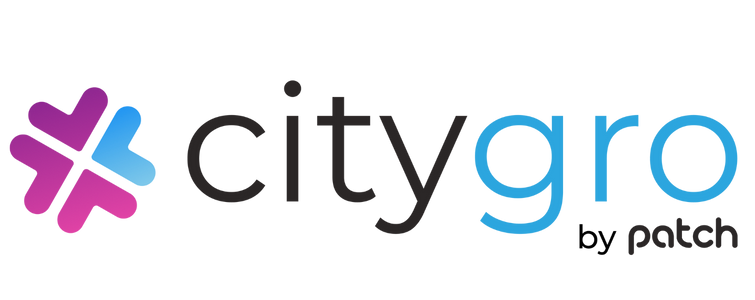

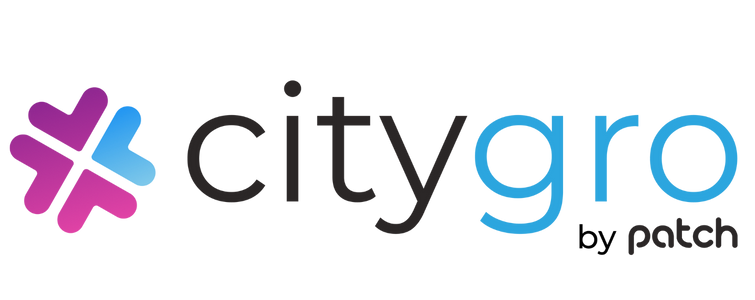


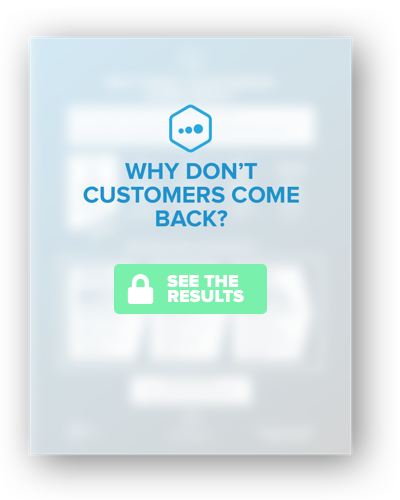
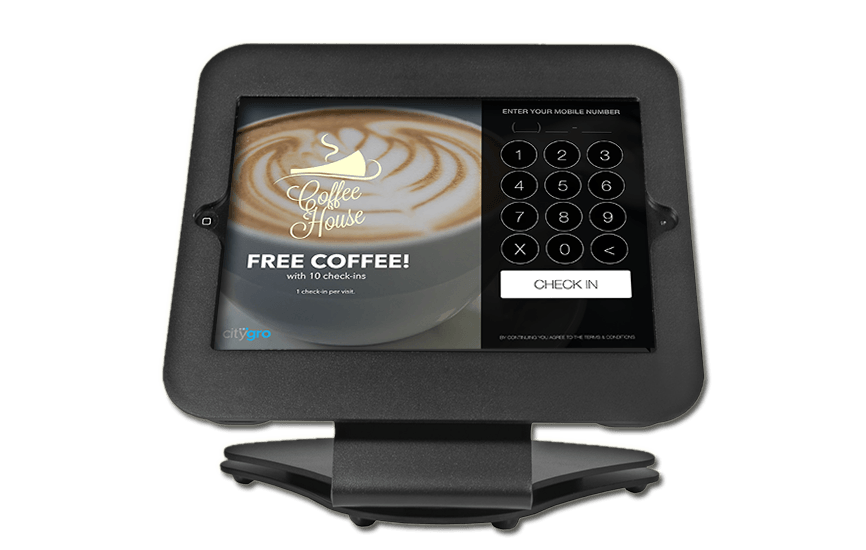 Get this section from Jon. Get this section from Jon. Get this section from Jon. Get this section from Jon. Get this section from Jon. Get this section from Jon. Get this section from Jon. Get this section from Jon. Get this section from Jon.
Get this section from Jon. Get this section from Jon. Get this section from Jon. Get this section from Jon. Get this section from Jon. Get this section from Jon. Get this section from Jon. Get this section from Jon. Get this section from Jon.
